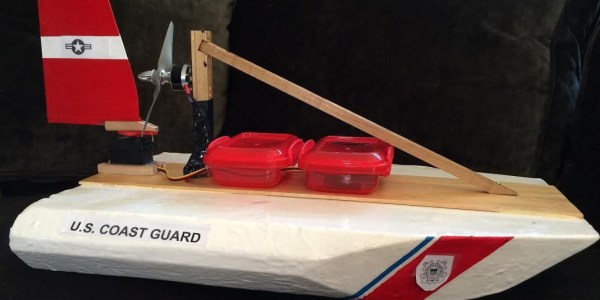[Leo Sampson Goolden] is a boatbuilder and Sailor. He’s a prime example of a dwindling group of shipwrights who build sailing vessels the traditional way. In 2017, he was given the opportunity to buy Tally Ho, a Yacht built back in 1910. Once a proud ship, Tally Ho now sat as a shell under a shrink-wrap tarp. Her deck was rotted, her keel cracked. Any sane person would have moved on. Thankfully [Leo] is not quite sane, and began a quest to bring this history ship back to its former glory.
Tally Ho isn’t just an old boat. She is a 48-foot long gaff cutter yacht designed by the famous Albert Strange and built in Sussex, England. Tally Ho won the 1927 Fastnet Race (corrected time) when rough seas caused all but two boats to bow out.
To say [Leo] has his work cut out for him would be an understatement. Tally Ho lived a hard life, from racing to fishing. A complete restoration was needed. In fact, it would have been cheaper and easier to build a replica rather than restore the original. [Leo] wanted to save Tally Ho though, so he bought the boat for one dollar, and began to put all his time, effort, and funds into restoring her. This work includes carefully documenting each piece as it is removed.
Some of the tools and materials are traditional – such as chisels and red lead putty. But [Leo] is using power tools as well, including a custom-built chainsaw mount for shaping the keel. His videos are entertaining and illustrate many techniques of boat building. Wherever possible, [Leo] adds captions to explain the meanings of boat building terms, as well as explains the different terms used in England and the USA. In the latest video, you can watch along as [Leo] creates a Dutchman to fill in a knot in the keel. Can check that out in the video after the break.
Continue reading “Save The Tally Ho: Rebuilding A Historic Yacht”

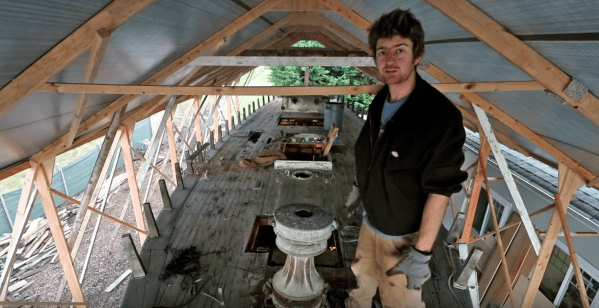
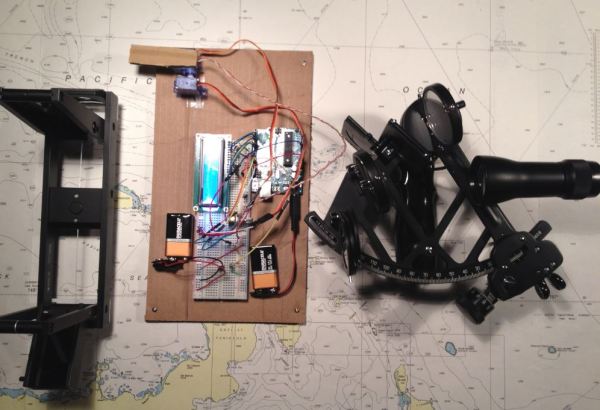
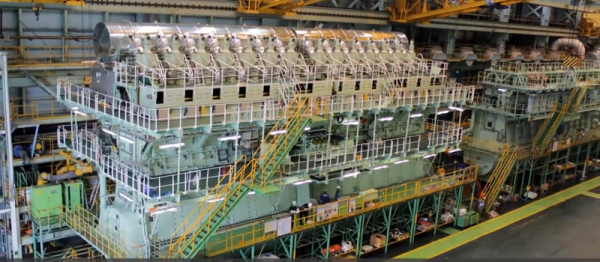

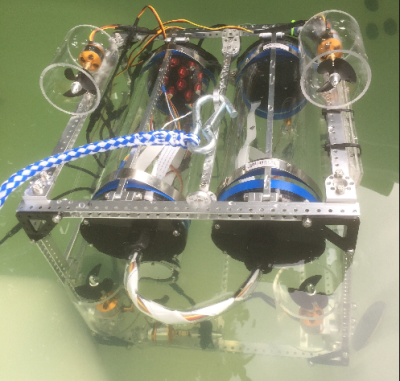
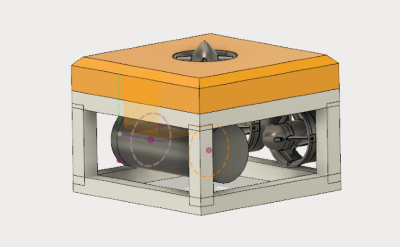
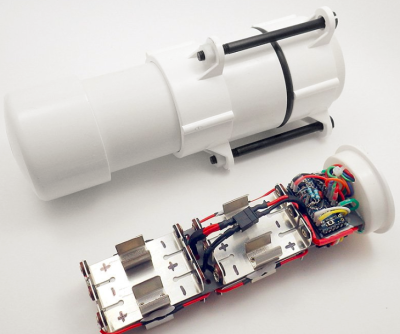 Next up is [Edward Mallon] with
Next up is [Edward Mallon] with 